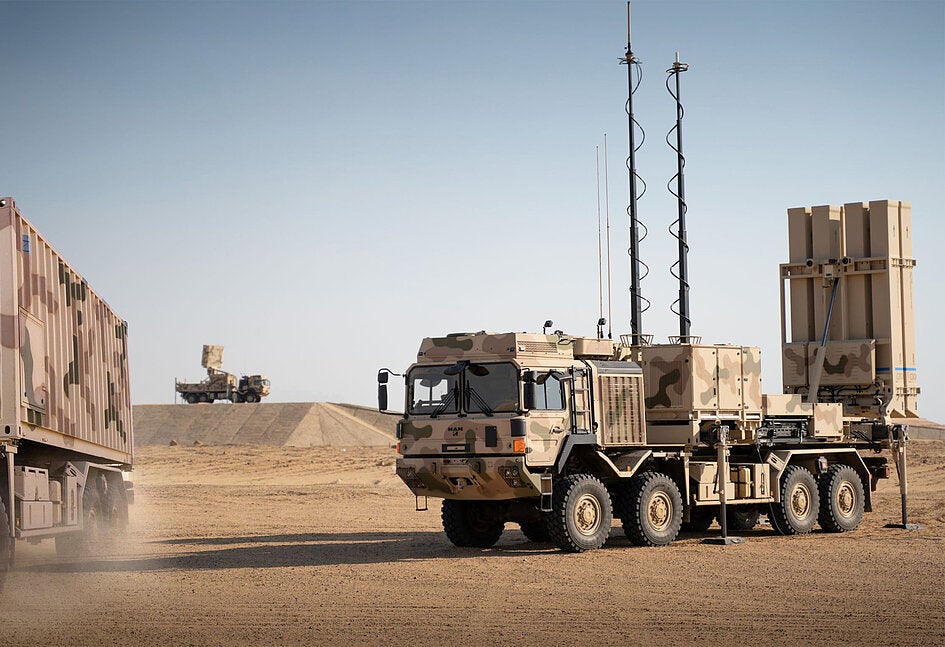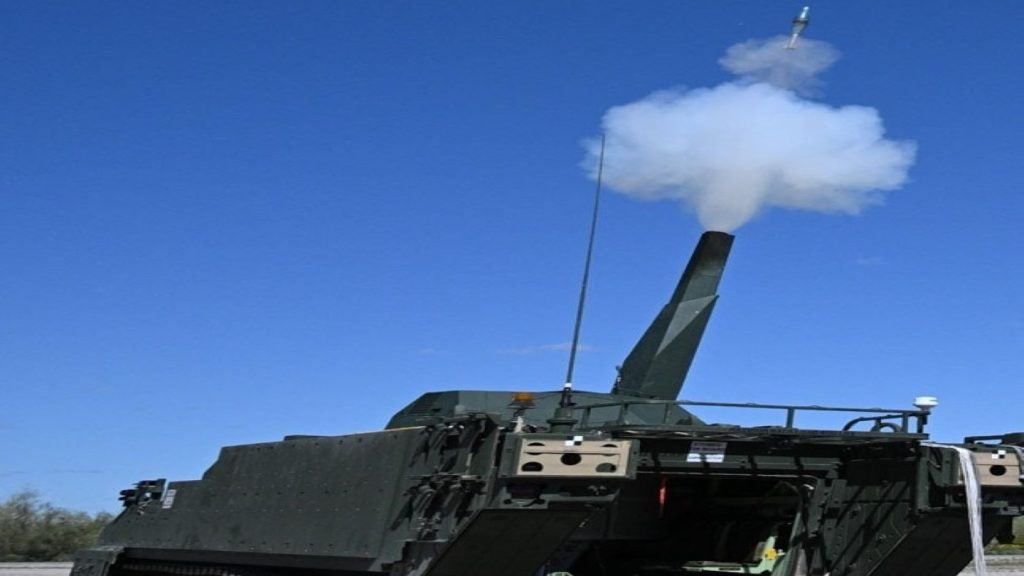
The Iris-T surface-to-air medium-range launched (SML) air defence system now has a popular consumer base across central and eastern Europe.
At the end of April, the German Bundeswehr gave the system to Ukraine; the second of four systems to be donated to the country amid a costly war of attrition. More recently, Estonia and Latvia have entered negotiation swith the original equipment manufcaturer, Diehel Defence, to jointly procure the system.
The Iris-T SLM launcher unit is based on a MAN 8×8 truck with eight missile container launchers mounted at the rear. The arrangement of the missile container launchers consist of two banks of four missiles.
The Iris-T SLM missile is based on the Iris-T air-to-air guided missile that entered into service with the German Air Force in December 2005. The German programme sought to replace the AIM-9 Sidewinder in use by some Nato members.
Diehel Defence first tested its short-range surface-to-air (SLS) variant for the first time in 2014. The company fielded the SLM in 2022. In October 2022, Diehel announced it had delivered the first Iris-T SLM to Ukraine.
European adoption
The air defence system has captured the European imagination as soon as it was fielded last year. But what explains such a rapid adoption?
The system provides 360 degree protection against aircraft, helicopters, cruise missiles, and guided weapons. This mobility increases responsiveness; a much-needed ability when facing advanced capabilities as Ukraine did with a Russian hypersonic missile earlier this month.
It enables simultaneous engagement of multiple targets. It operates at short to medium-ranges (distances of 40km) within extremely brief reaction times (reaching Mach 3).
The system can integrate multi-function radar systems and it suits both mobile and stationary deployment.





